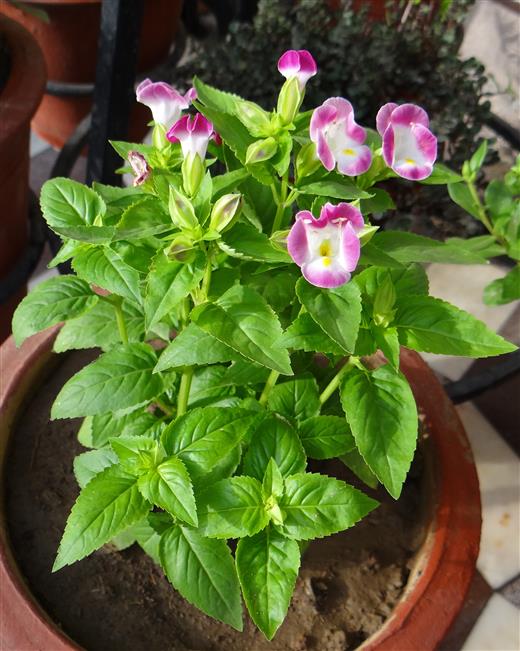LINDERNIACEAE
Annual or perennial herbs or shrubs. Stem prostrate, ascending or erect, often rooting at nodes, usually 4-angled. Leaves cauline or basal and cauline, opposite, simple, entire or serrate, exstipulate. Inflorescence terminal or lateral, racemose or flowers solitary axillary. Pedicels present; bracteoles absent. Flowers bisexual, zygomorphic, hypogynous. Sepals 4 or 5, connate or partially so proximally; calyx radially or bilaterally symmetrical. Petals (2-)4-5, connate, corolla usually 2-lipped, bilaterally symmetrical, lower lip larger than the upper erect lip, glandular hairs on abaxial surface of corolla, disk present. Stamens (2-)4(-5), adnate to and alternating with petals, didynamous or equal; staminodes 0 or 2; anthers coherent or apex of locules of anterior ones pointed or spurred, anthers dehiscing longitudinally via slits. Pistil 1, carpels 2, syncarpous, ovary superior, 2-locular, placentation axile, ovules orthotropous, unitegmic, tenuinucellate; style 1; stigma 1, 2-lobed, capitate, clavate or neither. Fruit capsule, septicidal or septifragal or sometimes irregular. Seeds many, up to 600, small, variously shaped: cylindric, ellipsoid, oblong to narrowly obconic or irregularly angled.
20 genera and about 250 species
